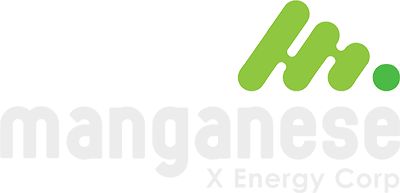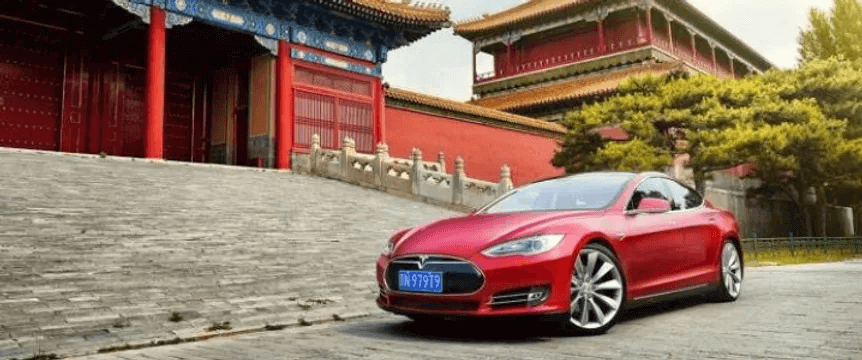China And India On Aggressive Electric Vehicle Push
China and India are rolling out plans to dramatically accelerate the adoption of electric vehicles (EVs), initiatives that have prompted the IEA to take notice and promise a review its long-term oil demand forecast.
In last year’s World Energy Outlook, the IEA projected that electric vehicles would grow rapidly over time, but still not fast enough to upend the oil market. The Paris-based energy agency said that it expected to see 30 million EVs on the roads by 2025 and 150 million by 2040, up from just 1.3 million as of 2015. But still, even that large number would only eat into 1.3 million barrels of oil demand per day (mb/d) by 2040, only marginally impacting demand and prices decades from now.
To be sure, other analysts and agencies have more aggressive figures, but the IEA often sets the tone for long-term forecasts. That is why it is important that the IEA has promised a deeper review of its assumptions in its 2017 World Energy Outlook, to be released in November.
The changes could be significant because a growing number of countries are stepping up their policy initiatives to support EV adoption. The two most important are China and India, two countries that the IEA itself has said will make up the bulk of oil demand growth going forward. For example, by 2040, the IEA expects global oil demand to grow by 11 mb/d. But China accounts for 4.1 mb/d of demand growth over that timeframe and India adds 6 mb/d. There are other regions in the world that will see demand grow substantially, but the industrialized world will see steep losses. To keep things simple, China and India are the two most important countries when trying to gauge long-term oil demand growth. “The choices made by China and India are obviously most relevant for the possible future peak in passenger car oil demand,” the IEA said.
But those two countries are also in the midst of formulating some aggressive EV policies. Both pay an enormous price tag for imported oil and also suffer from horrific air pollution in many of their cities. EVs, in that sense, offer solutions to economic, national security, environmental and public health problems.
China said last month that it would seek to have at least one-fifth of its annual auto sales to come from EVs by 2025. That would mean some 7 million EV sales annually in China in less than a decade.
However, that plan looks modest when compared to what India wants to achieve. A new policy proposal from a government-run think-tank in India says that India should move to 100 percent EV sales by 2032. Under this scenario, no gasoline or diesel-fueled cars would be sold in India after that date.
The IEA was essentially left breathless by that plan, calling it “ambitious.” Indeed, that scenario would require 10 million EVs sold annually in India by the end of the next decade, essentially ten times the number of total vehicles on the road in 2015.
Although much remains to be seen, “it is a good step that will help India to be among the global leaders in deploying a technology that is crucial to temper increasing oil import needs, local air pollution in cities, and limit CO2 emissions,” the IEA said in an emailed response to Bloomberg.
For India, the rapid transition to electrification of its auto fleet could yield $60 billion in savings between now and 2030, the government report said. To achieve the goal it would require limiting registration for gasoline and diesel cars, and it would also hinge on public subsidies for EVs and charging stations.
The proposed changes in China and India are only a few, if the most important, examples of a worldwide trend towards EVs that is just getting underway. France’s new President Emmanuel Macron said that by 2040 he hopes sales of gasoline or diesel-powered vehicles will be entirely phased out. Norway hopes to hit that threshold as soon as 2025.
There is a great deal of uncertainty in these targets, to say the least. Not every, or even most, of the government objectives will be reached. But it isn’t the specific numbers or dates that are important, but the directional change. EV adoption is accelerating and will likely to continue to accelerate, often in a non-linear fashion. That suggests that the IEA is indeed quite conservative in its prediction that only 1.3 mb/d of oil demand will be erased by 2040 because of EVs.
By Nick Cunningham of Oilprice.com
View original article here
About Manganese X Energy
Manganese’s X mission is to acquire and advance high potential manganese mining prospects located in North America with the intent of supplying value added materials to the lithium ion battery and other alternative energy industries. In addition our company is striving to achieve new methodologies emanating from environmentally and geographically ethical and friendly green/zero emissions technologies, while processing manganese at a lower competitive cost.
For more information, visit the website at www.manganesexenergycorp.com.
ON BEHALF OF THE BOARD OF DIRECTORS
Martin Kepman
CEO and Director
martin@kepman.com
1-514-802-1814
Cautionary Note Regarding Forward-Looking Statements:
Neither TSX Venture Exchange nor its Regulation Services Provider (as that term is defined in the policies of the TSX Venture Exchange) accepts responsibility for the adequacy or accuracy of this release.
This news release contains “forward-looking information” including statements with respect to the future exploration performance of the Company. This forward-looking information involves known and unknown risks, uncertainties and other factors which may cause the actual results, performance or achievements of the Company to be materially different from any future results, performance or achievements of the Company, expressed or implied by such forward-looking statements. These risks, as well as others, are disclosed within the Company’s filing on SEDAR, which investors are encouraged to review prior to any transaction involving the securities of the Company. Forward-looking information contained herein is provided as of the date of this news release and the Company disclaims any obligation, other than as required by law, to update any forward-looking information for any reason. There can be no assurance that forward-looking information will prove to be accurate and the reader is cautioned not to place undue reliance on such forward-looking information. We seek safe harbor.

